Roger Hicks
Mentor
Oh, and just one more thing:
The upcoming rumors of the M10 hint at an EVF. This would make ANY focus shift discussion irrelevant.
Cheers, Horea
Why? Or how?
Cheers,
R..
Roger Hicks
Mentor
Here are the pictures from the second copy.
An "S" version of the Sonnar.
I have tried over a dozen Amedeo Muscelli adapters.
This one does the trick. NO focus shift with F 1.5 nor F 2.8 at any range
How? The only way to get rid of focus shift would be to couple the aperture to the rangefinder. Otherwise, its an irremovable characteristic of the lens. As you stop down, the plane of optimum focus moves slightly backwards. I can't see how any adapter can negate this.
Incidentally, if anyone cares to go to http://www.rogerandfrances.com/e-books.html and download the free PDF 'taster' of Arles 2011, they'll fnd over 20 pics taken with the C-Sonnar, and when the 2012 version comes out (a week or two, insh'Allah) there'll be more.
Cheers,
R.
Stuart John
Well-known
EVF would let you see through the lens at working aperture. You could focus at working aperture then focus shift would not be a worry unless one were to change the aperture after focusing.
Roger Hicks
Mentor
All those why believe they can focus reliably and manually at working aperture can stand on their heads...EVF would let you see through the lens at working aperture. You could focus at working aperture then focus shift would not be a worry unless one were to change the aperture after focusing.
You may be right, of course. But I'd be deeply surprised. This may merely reflect how little I know about live view with fast lenses.
Cheers,
R.
nanthor
Well-known
Can someone with the knowledge explain why the focus shift is only an issue at close ranges? Usually if a lens is off by a few cm's up close it is off by several meters farther away. Thanks, Bob.
KM-25
Well-known
All those why believe they can focus reliably and manually at working aperture can stand on their heads...
You may be right, of course. But I'd be deeply surprised. This may merely reflect how little I know about live view with fast lenses.
You are seeing the taking image, not the viewing only image live with an RF body that has live view. Unlike an SLR lens, the aperture does not stay open when stopped down, so in effect, live view with an RF will be like using depth of field preview with an SLR, DOF, darker image and all...
On another note, I have ran a roll through my new 50 1.5, this is the lens I should have gotten in the first place for the M3, lightweight, no flare, charismatic wide open and far cheaper than a 50 1.4 Asph making it easier to actually use and not be afraid to scratch the barrel.
So far in practice, it is not that hard to pull the focus a bit at 2.8-4.0 to compensate.
KM-25
Well-known
Can someone with the knowledge explain why the focus shift is only an issue at close ranges? Usually if a lens is off by a few cm's up close it is off by several meters farther away. Thanks, Bob.
I am not sure but I always thought it was the other way around, might be a good wiki search.
Roger Hicks
Mentor
You are seeing the taking image, not the viewing only image live with an RF body that has live view. Unlike an SLR lens, the aperture does not stay open when stopped down, so in effect, live view with an RF will be like using depth of field preview with an SLR, DOF, darker image and all... . . .
So far in practice, it is not that hard to pull the focus a bit at 2.8-4.0 to compensate.
Para 1: Well, quite. You can't really judge all that well from a stopped down image with an SLR, so I am less than convinced it's a lot better with live view. But, as I say, this may be pure ignorance on my part.
Para 2: Again, quite. It doesn't take long to learn what a lens can and can't do well. Unless, of course, you're forever swapping lenses and don't use any of them very much. This may be why our photographic forebears were better at using Sonnars. They used them more.
Cheers,
R.
Roger Hicks
Mentor
Can someone with the knowledge explain why the focus shift is only an issue at close ranges? Usually if a lens is off by a few cm's up close it is off by several meters farther away. Thanks, Bob.
This may be conflating focus shift with rangefinder coupling.
Cheers,
R.
BobYIL
Well-known
Can someone with the knowledge explain why the focus shift is only an issue at close ranges? Usually if a lens is off by a few cm's up close it is off by several meters farther away. Thanks, Bob.
Not really.. let me try to explain..
1. DOF (depth of focus) at f1.5; it's only a few centimeters deep at the closest focusing distances of 50mm or longer lenses, while it is meters long at far distances.
2. DOF generally lies (roughly.. for practical applications) about two-thirds beyond the plane of focus and one-third in front of the same plane. (In other words while focus shift still exists at longer focusing distances however it "remains" within the far deeper DOF caused by the longer distance of focus, so it is not noticed.)
3. The amount of focus shift caused by the residual spherical aberrations of the lens to focus (optimally) on different planes at f1.5 and (for instance) at f2.8 decreases as the incoming rays becomes more parallel to the axis of the lens... that is, the focus shift on the focus plane (film or sensor) is more to observe as the lens try to focus nearer objects than the far ones.
Once you become familiar with the focus shift characteristics of a certain lens, then it's not much an issue. My C-Sonnar shifts, so my 35/1.4 Summilux-pre too
sevres_babylone
Mentor
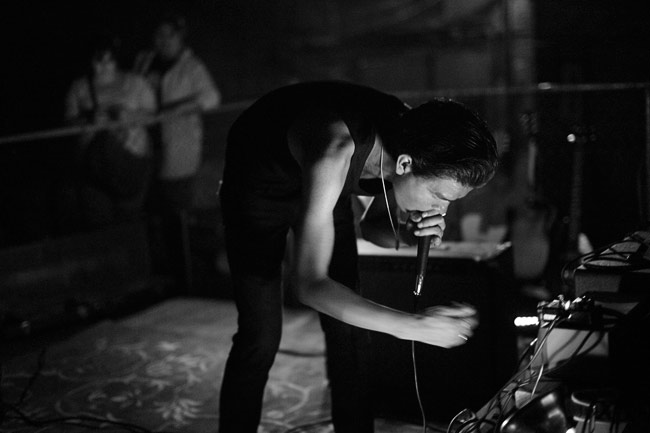
Fill Spectre, M9, "Zeiss C Sonnar 50mm f1.5"
Richard G
Mentor
Anyone click on my focus shift test in my first post page 1? It was with the M9. With a 1.5 optimized lens - and I reckon there must be subtle variations, lens to lens - the amount of focus shift that will affect the picture is minimal. I think I have only one picture, Ektar on the M6, which was affected by focus shift.
foolstop
Member
"Can someone with the knowledge explain why the focus shift is only an issue at close ranges? Usually if a lens is off by a few cm's up close it is off by several meters farther away. Thanks, Bob."
On my first 2.8 optimized ZM C Sonnar, it is an issue even at twenty feet away. Will dig out the samples.
How can the mount compensate the issue, I dun know but I can guess, it is related to the above observation ...
Well, more pictures first, this is a picture thread
From my S Sonnar, close range @ 1.5 - 2.8. Bubbles, bubbles, bubbles.
Very difficult to shoot flying bubbles if a lens have focus shift, cos you cannot use the tricks at the same moment when the bubble is in focus.


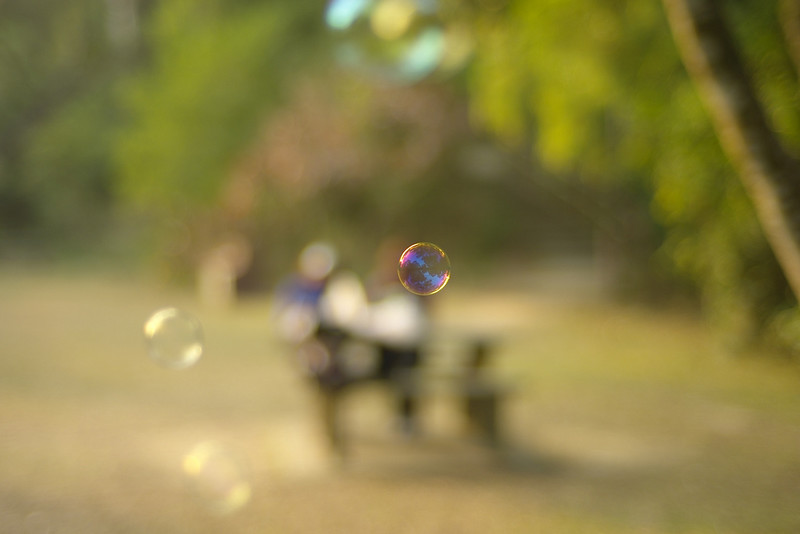

On my first 2.8 optimized ZM C Sonnar, it is an issue even at twenty feet away. Will dig out the samples.
How can the mount compensate the issue, I dun know but I can guess, it is related to the above observation ...
Well, more pictures first, this is a picture thread
From my S Sonnar, close range @ 1.5 - 2.8. Bubbles, bubbles, bubbles.
Very difficult to shoot flying bubbles if a lens have focus shift, cos you cannot use the tricks at the same moment when the bubble is in focus.




Monochrom
Well-known
M4-2 tri X
Chiloe

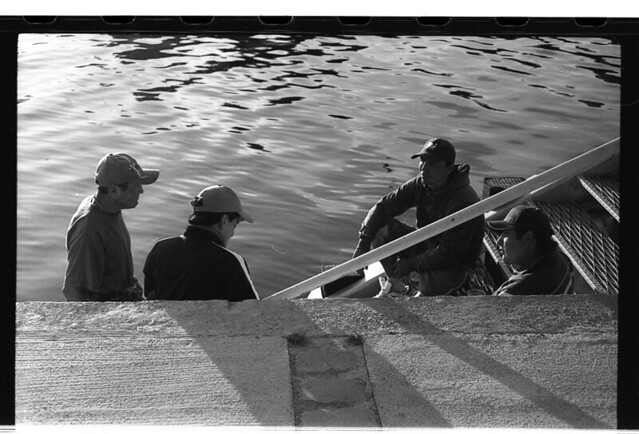
Chiloe


Tom A
RFF Sponsor
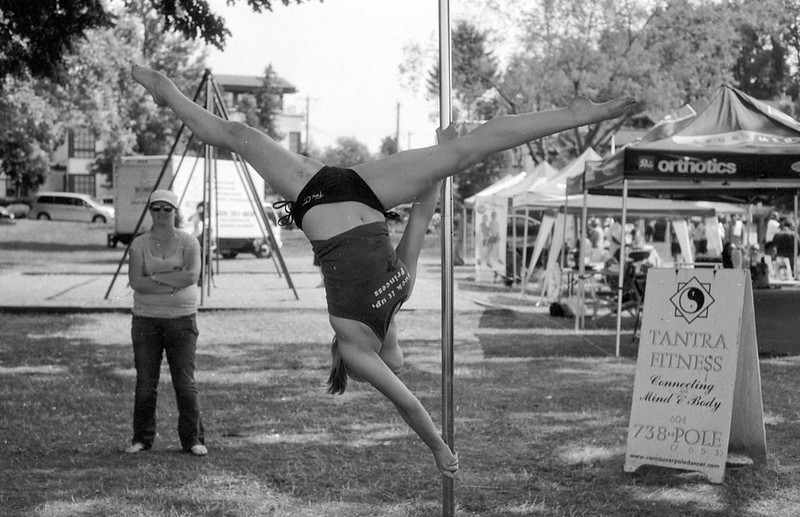
Dont think I will try this!!!!
M6 and C Sonnar 50f1.5 @ 2,8
Polypan F @50 iso in Td 201 2 bath developer.
seakayaker1
Well-known
Love the ZM C-Sonnar 50mm
Love the ZM C-Sonnar 50mm

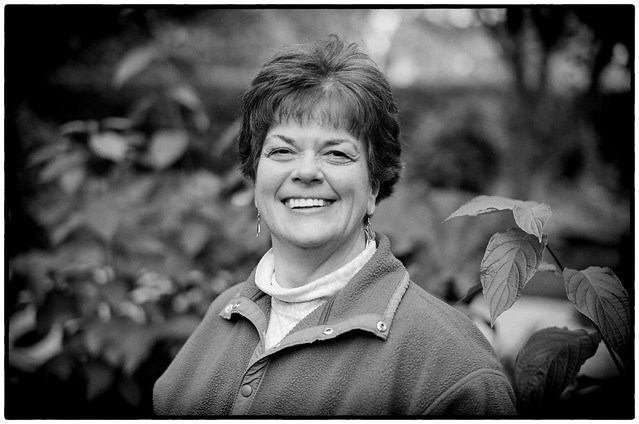


The above four photographs taken with a M6 TTL ~ Zeiss C Sonnar T* 50mm f1.5 / Ilford HP5
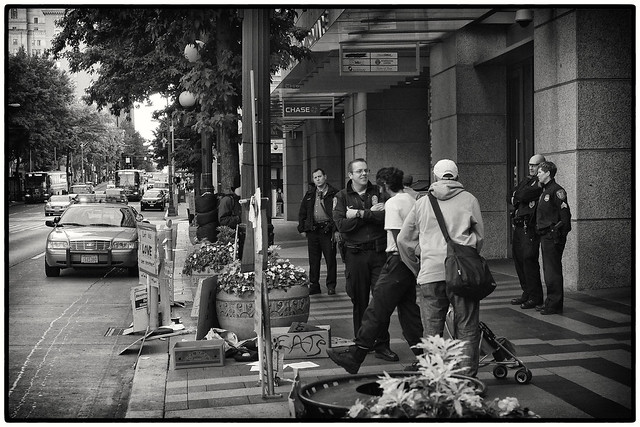
Above photo take with a M9 ~ Zeiss C Sonnar T* 50mm f1.5 ZM - ISO 400 -- 1/125 -- f8
Love the ZM C-Sonnar 50mm




The above four photographs taken with a M6 TTL ~ Zeiss C Sonnar T* 50mm f1.5 / Ilford HP5

Above photo take with a M9 ~ Zeiss C Sonnar T* 50mm f1.5 ZM - ISO 400 -- 1/125 -- f8
I've had the C-Sonnar ZM for about 6 years; after a while I sent it to DAG where it was 6-bit coded and the focus adjusted slightly. The result is a bit of front-focus at f/1.5 and f/2 with an equally small bit of back-focus at f/2.8. When it was new, it seemed optimized for f/1.5, so I would lean into the scene slightly at f/2.8, but that's less needed after the adjustment. I'm pretty happy with its "look" and performance.
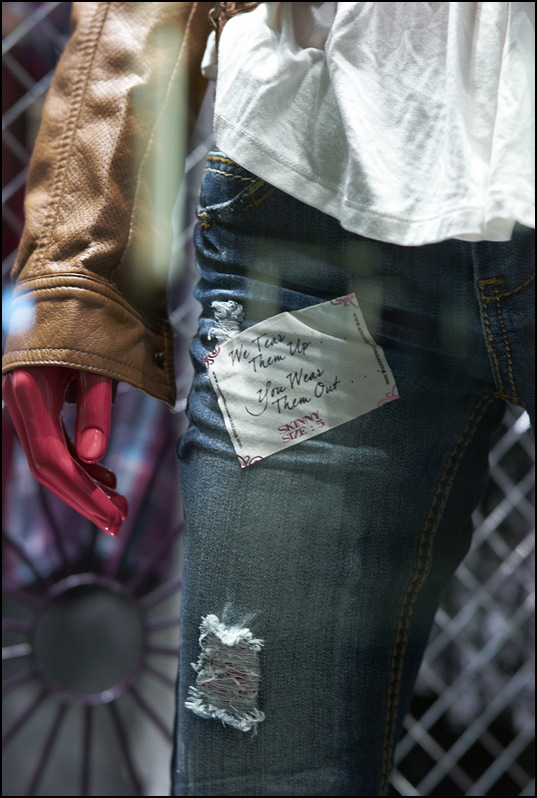
1/60, f/2.4

1/60, f/2.4
chandler_chou
Well-known
chandler_chou
Well-known
slava
Established
got my sonnar couple of weeks ago and Im in love with that lens. Ultrasharp at 1.5 and focus is snap on. will be posting some photos soon. 
Share:
-
This site uses cookies to help personalise content, tailor your experience and to keep you logged in if you register.
By continuing to use this site, you are consenting to our use of cookies.






